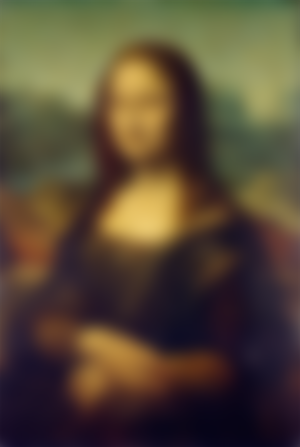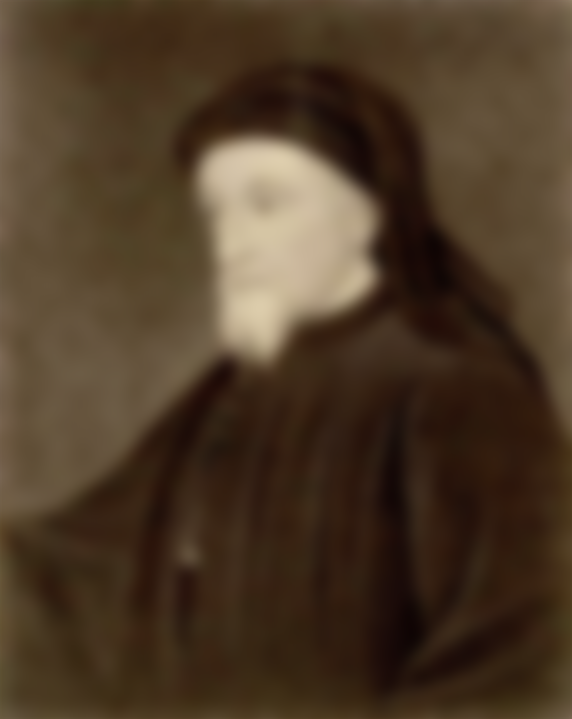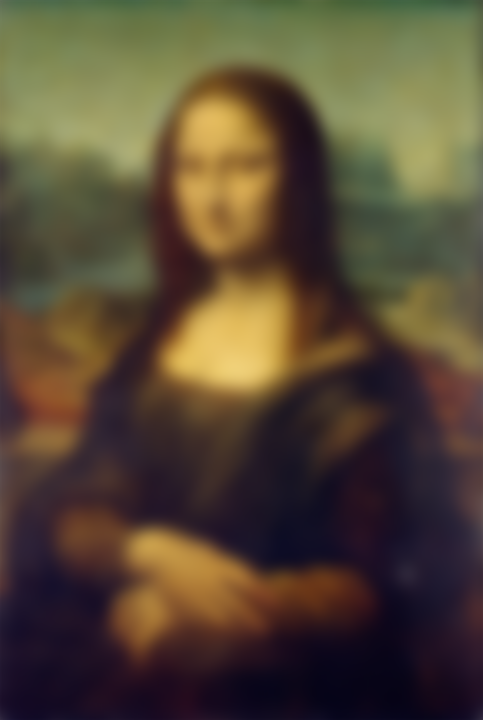Quizzes & Puzzles 24
Some new problems with which to exercise the brain. But first a look at answers and solutions to Quizzes & Puzzles 23. New problems below the image (cartoon).
Answer to Quiz 23:1
If you eat fish, it is easy to believe that all fishes have bones... but have they?
Actually, they have not. Bony fishes have bones, but there are also cartilaginous fishes, whose skeleton consists of cartilage. Can you give an example of a cartilaginous fish?
Cartilaginous fishes belong to the class Chondrichthyes. As @Aimure correctly answered, sharks, skates and rays are cartilaginous. So are sawfish as well.

(Image above: Sawfish. Photo: PublicDomainPictures/Pixabay, CC0/Public Domain.)
Answer to Quiz 23:2
Another more modern (English) name of the flower Chaucer called "eye of the day", was once a nickname for a common girl name because of what the same flower is called in French.
What is the English nickname and name of the flower?
For what name is it a nickname?
The flower and nickname is Daisy. Chaucer called this flower "eye of the day".
In French, the flower, daisy, is called marguerite. So from that comes the connection to Margaret. Daisy became a nickname for Margaret. (Margaret and marguerite otherwise stem from Latin margarita, pearl.)
But, for those who don't know that, who was Chaucer?
Geoffrey Chaucer, 1340-1400, was dubbed the father of English literature. His influence, not at least on the evolution of the English language, cannot be overrated.
(Image below. Geoffrey Chaucer, portrait by unknown artist. Public Domain. Original at the National Library of Wales.)

For the general public, Chaucer is best known for his “Canterbury Tales”, although he wrote much more. He was also involved in politics and served as a civil servant. Eventually, he became the brother-in-law of his long time friend John of Gaunt, Duke of Lancaster, one of the most powerful princes in England (son of King Edward III and father of King Henry IV).
Answer to Quiz 23:3
The probably most famous art model ever, has no eyebrows on the only existing portrait of her. What is she called?
This, of course, it is Mona Lisa, also called La Gioconda, a portrait painted by Leonardo da Vinci. The original can be found in Le Louvre in Paris.

The woman's real name was Lisa Gherardini.
@Aimure knew the answer here as well.
Answer to Quiz 23:4
A classical Russian author wrote an absurd short story about a man whose nose fell off and disappeared. After diverse adventures, he got it back. What is the name of the author?
Strictly, this author wasn't exactly Russian. What that means, you may find out yourself. But it can be a clue.
An opera has been based on this story, who was the composer?
So, we ask for the author and the composer, two different individuals.
The author is Nikolai Gogol, and the story's name is "The Nose" (1836). Dmitri Shostakovich made an opera based on it.
But what about that Nikolai Gogol wasn't exactly Russian?
Well, he was a Russian author, but of Ukrainian origin. Anyway, he belongs to the topmost layer of world literature. If you are interested in reading and haven't read Gogol, I certainly recommend you do so. His writings are not as massive as those by other Russian giants of literature, such as Dostoevsky and Tolstoy, and his topics, especially those involving Ukrainian folklore, might be more appealing to modern readers, so he is a good choice to start with if you want to acquaint yourself with these classics.
Answer to Quiz 23:5
There is a mythical animal whose gaze could kill. King is a clue. What was this creature called?
The answer is Basilisk. It is a mythical creature, described in many old sources.
King is a clue, because the word “basilisk” is derived from Greek “basileos” (king) and the diminutive “-ískos”. So, basilisk means “little king”. It is sometimes described as a serpent king.
Answer to Quiz 23:6
A French author, a pioneer of science fiction, wrote a classical novel which influenced the development of submarine vehicles. Who was the author and what is the name of the novel?
As an extra clue we can say that one of his other novels tells about a long journey which was incredibly fast by the standards of his time.
The author I asked for is Jules Verne, and the novel is "Twenty Thousand Leagues Under the Sea" (Vingt mille lieues sous les mers). The clue referred to "Around the World in Eighty Days" (Le tour du monde en quatre-vingts jours).
Jules Verne (1828-1905) wrote a large number of adventure stories, many of them popularising scientific ideas of the times. While his best stories are charming and entertaining in a relatively simple way, not so few are (in my opinion) boring and tedious reading. In a class of its own, however, stands "Twenty Thousand Leagues Under the Sea", where Verne reaches a depth (no pun intended) otherwise absent from his writings. Even if this novel can be read as his other books, as a simple adventure, its undercurrents, along with the fascinating, archetypal character of captain Nemo, make it the author's masterpiece, and a true classic.

And now some new exercises for brain & memory...
Quiz 24:1
Natural (non-synthetic) colour pigments (extracted and used by humans) are normally derived from the plant kingdom or from minerals. However, a few pigments come from the animal kingdom. Most people know that genuine sepia is one of them (secretion from a cuttlefish); can you give examples of other colour pigments (used by humans, now or in history) being of animal origin?
Quiz 24:2
Who were the three sisters Lachesis, Clotho and Atropos?
Quiz 24:3
This is 1910 year's model of the probably most famous car ever. What is this car called?

Quiz 24:4
Nimes in France has given name to a fabric and Genoa in Italy to a garment (made of that fabric), which is used all over the world today. What fabric and garment?
Clue: I bet all of you, or almost all of you, use this garment regularly or occasionally.
Quiz 24:5
Here I ask for a well-known 17th century Frenchman, known for his big nose. He was a duellist and a writer, and also became a literary character in his own right, when stories were created about him. What was his name?
Quiz 24:6
In the history of script, Mesrop Mashtots is remembered for having invented... what?
You'll find answers and solutions in the next “Quizzes & Puzzles”.
Quizzes & Puzzles has its own label in my Index, where all issues of the series can be found.
In my INDEX, you can find all my writings on Read.Cash, sorted by topic.
Copyright © 2022 Meleonymica/Mictorrani. All Rights Reserved
(Cartoon by Christian Dorn/Pixabay, CC0/Public Domain.)





Kudos to you @Aimure. UNIBEN student is making us proud 😁😁